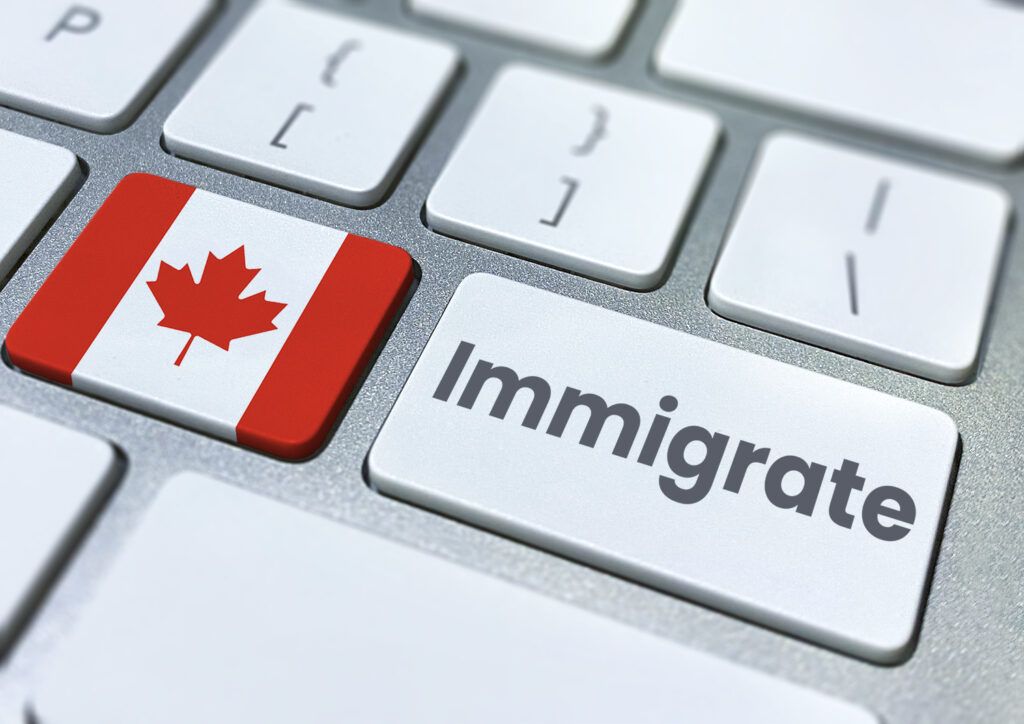A Complex Family: Can a Close Friend Be a Conjugal Partner?
In September 2020, the Federal Court of Canada ruled that a gay man and a straight woman can be in a conjugal relationship, challenging traditional views of what constitutes a family. Times are changing, and perspectives are progressing as well—sexual incompatibility is no longer a cause for rejection in a conjugal relationship application.
What Constitutes a Conjugal Relationship?
According to Immigration, Refugees and Citizenship Canada (IRCC) policy, a conjugal relationship is “one of some permanence, when individuals are interdependent—financially, socially, emotionally and physically—when they share household and related responsibilities, and when they have made a serious commitment to one another.”
Foreign nationals must prove that they have maintained a conjugal relationship with their sponsor for at least a year and that they’re committed to a mutually interdependent relationship.
Sexual relationships alone do not constitute a conjugal relationship, as the two individuals involved must share a degree of attachment. They often must have fidelity, commitment, personal and sexual connections, a shared home arrangement, shared responsibilities, children, and financial arrangements. However, these requirements are non-mandatory.
The Federal Court Case and Its Outcome
The Federal Court case AP v Canada (Citizenship and Immigration), 2020 FC 906 involves the applicant, AP, a gay man who fled to Canada in fear of persecution due to his sexual orientation. The country granted him refugee status and permanent residence.
AP reconnected with AM, a straight woman and his former close friend from the university he attended in his country of origin. The two have retained close communication almost every day, and they tried to meet up in Canada. However, AM’s visa had been rejected twice and she could not visit AP. As a result, they decided to take a vacation in a third country, wherein they had a sexual encounter.
The sexual encounter resulted in a child, and AP applied to sponsor AM as his conjugal partner. They went through three levels of decision-makers to fight for the application.
The first rejection was from an immigration officer who did not conduct an interview and refused to view AP and AM as conjugal partners. They appealed the decision. However, another hurdle came when the Immigration Appeal Division (IAD) also rejected their appeal.
The IAD rejected the appeal on the grounds that a homosexual man and a heterosexual woman are sexually incompatible and did not meet the sexual component of conjugal relationships. The division believed that the relationship was not genuine because the two did not have open communication and trust because AM remained unaware of the fact that AP was gay until the birth of the child.
The appeal found its way to the Federal Court, where the decision sided with AP and determined that the IAD’s rejection was unjust. The court stated that although the relationship was sexually incompatible, AP was committed to raising a family with AM. Sexual connection was a non-mandatory factor in a conjugal relationship according to immigration policy.
The Federal Court’s decision reflected changing views on what constitutes a family and a relationship—which should be rooted in long-term commitments and genuineness, rather than just sexual compatibility.
The Takeaway
Canada is a country that welcomes diversity not just in individuals but also in relationships and family structures. With changing times come maturity, progression, and increasing openness to unconventional social norms—and the Federal Court’s bold decision is a testament to this. Whenever you have questions about conjugal partners, you can always reach out to our immigration consultants in Toronto.
If you’re looking for professional help from a trusted firm, please contact us at info@brightimmigration.com or call 1-888-404-8472.


